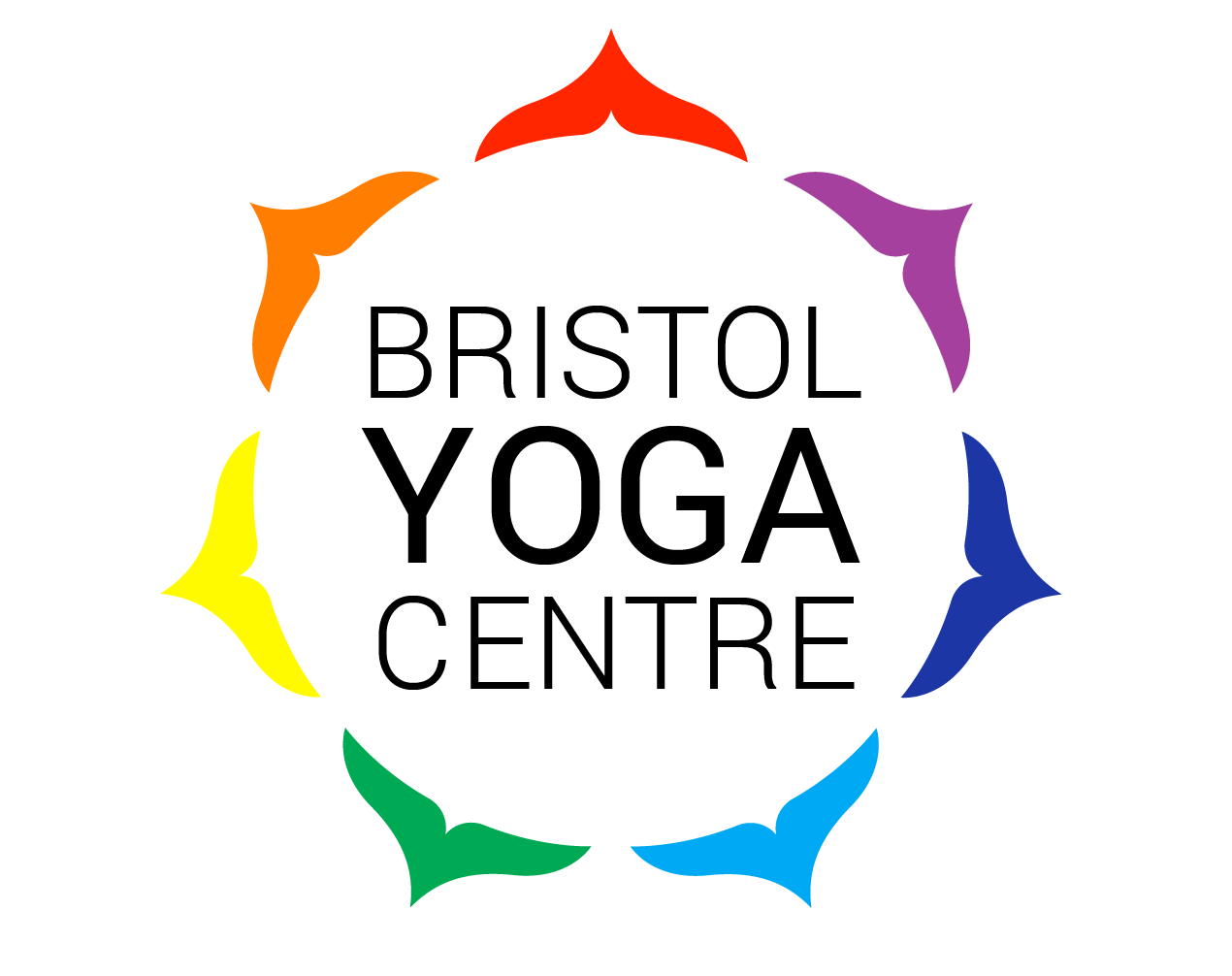I’ve just received the Spring issue of Spectrum, the official magazine of the British Wheel of Yoga (BWY), and really excited to see another of my articles featured!
Last year, I wrote an article on the balancing benefits of yoga retreats and this year on how yoga teachers can make classes more accessible for students with visual impairment.
This was written after running a charity event called ‘Yoga in the Dark’ for the Royal National Institute of Blind People (RNIB) at the Bristol Yoga Centre. Here is the full article:
In the UK, there are more than 2 million people living with sight loss. For yoga teachers, this means that we are likely to encounter students with visual impairment and it’s important that we try to make yoga accessible for them.
It’s crucial to understand that being registered blind doesn’t simply mean you can’t see anything. As Royal National Institute of Blind People (RNIB) emphasise: ‘Not everybody sees the same. Just because someone is blind, doesn’t mean they see nothing – and if someone is partially sighted, it doesn’t mean their vision is fine’. RNIB have some excellent online videos which illustrate this point very well.
My first experience teaching a student with sight loss was with Anela, a young female student who had severe visual impairment since birth. After a year of weekly private classes, she was able to do most postures, including Sun Salutations, inversions and balancing poses. Anela could follow the class much more easily than her support worker! I was lucky to be able to teach her as it changed my perception of what someone who is registered blind is capable of and I felt more confident about teaching people with sight loss.
Shortly afterwards, I taught a very different student with visual impairment in a Community Exercise group yoga class. Sue was an elderly student that suffered from arthritis and anxiety; she was also gradually loosing her eyesight and understandably found it difficult to cope. After several months of practicing together, she told me how much more relaxed and confident she felt in her day-to-day life. She said that she no longer felt terrified about falling and found it easier to go out and visit friends and family.
Both students expressed how beneficial breathing practice and relaxation techniques were for managing stress and anxiety. It cannot be easy living in a society that is so visually orientated. If yoga can bring more confidence and help with everyday challenges, then we should make every effort to make it more accessible.
So how do we adapt our teaching to accommodate people with sight loss? As there is a wide spectrum of visual impairment, it’s important to take a look at the individual and adapt the practice according to their needs and abilities. You will need to decide whether private tuition may be more suitable at the beginning. It is crucial not to immediately assume that they cannot do certain things or learn to do them. With time and carefully structured practice, I have seen people achieve tremendous results.
At the beginning, it can be easier to concentrate on supine and seated postures. This way, students can gain confidence and feel more grounded. It’ll be a good time to explore relaxation and breathing techniques too. Floor work can be a great opportunity to do simple balancing postures and prepare the students for standing poses.
Use a wall or a chair for support in standing and balancing postures, as some poses can be really challenging when you cannot see. Flowing sequences such as Sun Salutation can be harder to follow so it’s important to break it down and get students really comfortable with each of the postures first.
Our communication has to be clear and simple as your verbal instructions and ‘hands on’ adjustment are what they’ll be relying on. Try to speak slowly and use creative language to get your message across but be careful not to sound patronising. Teaching the names of the postures as they are learning will help with your instruction.
When I was preparing for my first lesson with Anela, I tried practicing yoga with my eyes closed. This did not exactly recreate the experience of practicing with a visual impairment, but it did provide some useful insight, such as how challenging it is to do simple standing and balancing postures and even stay on the mat!
I recently organised a charity event for RNIB called ‘Yoga in the Dark’ to raise awareness of people living with sight loss. The event was open to everyone and we practiced in a lovely candle lit room while wearing eye masks. One of the participants said,
‘I really liked the slow build up to standing postures, which helped everyone feel confident before doing poses that rely more on our sight. It was great how you helped people to do the postures correctly.’
Another student commented on how nice it was to rest the eyes and focus on the other senses. Most people said they had to concentrate much more but it was a meditative experience.
Teaching people with limited vision makes you really concentrate on your communication and adjustment skills. I hope that more teachers will be encouraged to consider ways to accommodate blind and partially sighted people, as there are great rewards for teachers and students alike.
To learn more about the excellent RNIB ‘In the Dark’ events, visit: www.rnib.org.uk/in-the-dark
Written by Naomi Hayama. Naomi is a yoga teacher and owner of Bristol Yoga Centre. She has been a member of BWY since 2003. Please feel free to contact her at Naomi@bristolyogacentre.co.uk


